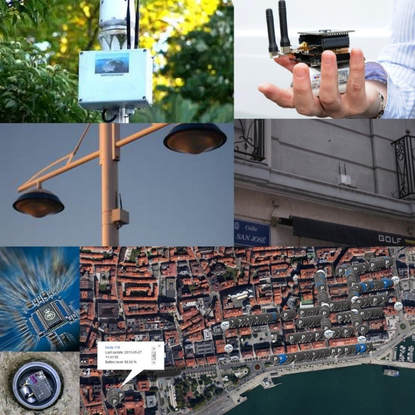Objectives
SETA creates technologies and methodologies set to change the way mobility is organised, monitored and planned in large metropolitan areas. The solutions are based on large, complex dynamic data from millions of citizens, thousands of connected cars, thousands of city sensors and hundreds of distributed databases. The project will allow us to understand and model mobility with a precision and granularity that is impossible with today’s technologies.
The resulting models will be used to inform decision makers on how to improve town planning and infrastructure, as well as to provide support for individual citizens to plan their journeys in a more efficient and sustainable way. At the end of the project, solutions must develop to visualise and use the data, models and predictions developed in the work packages, giving access to all stakeholders, by allowing sharing and exchange of information and feedback.
The resulting models will be used to inform decision makers on how to improve town planning and infrastructure, as well as to provide support for individual citizens to plan their journeys in a more efficient and sustainable way. At the end of the project, solutions must develop to visualise and use the data, models and predictions developed in the work packages, giving access to all stakeholders, by allowing sharing and exchange of information and feedback.

